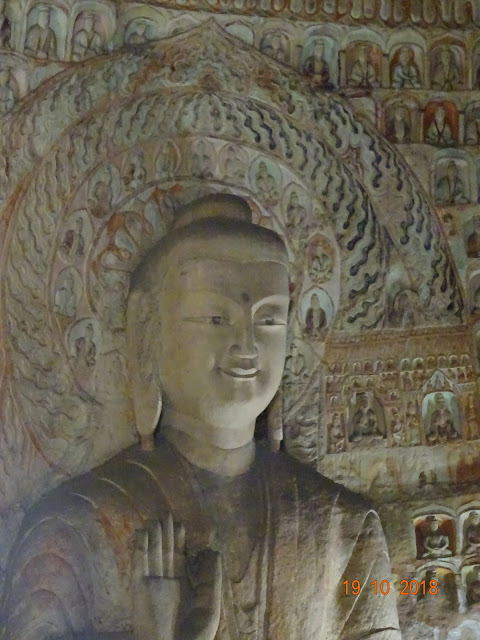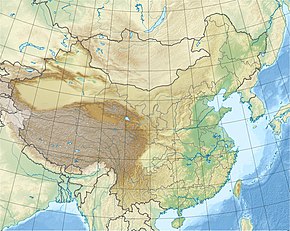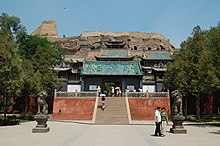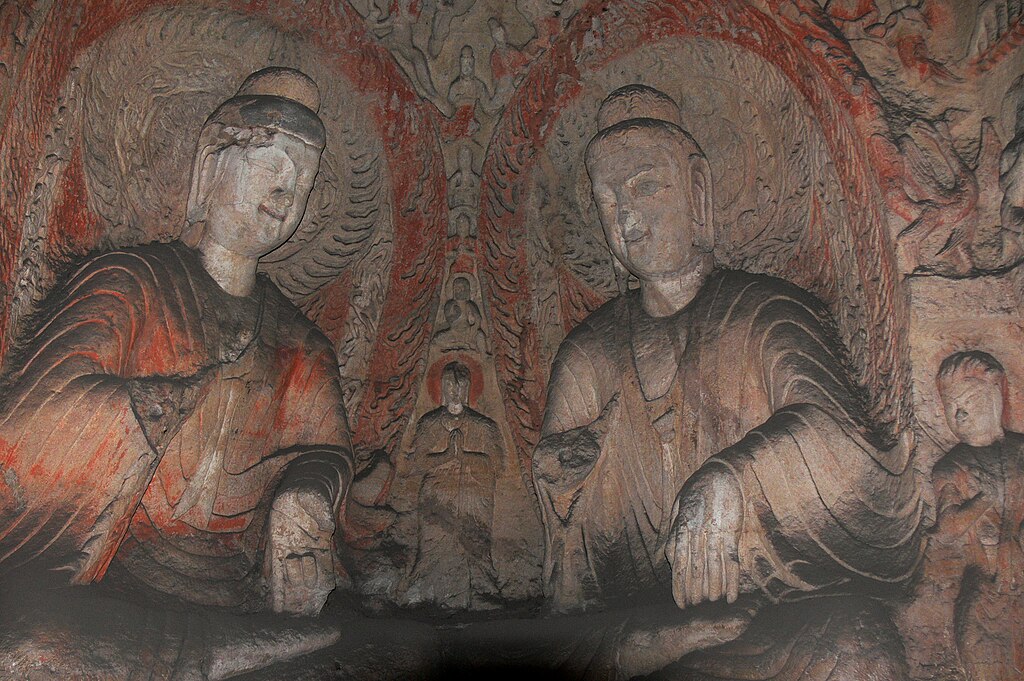DESPEDIR EL 2018 Y BIENVENIR EL 2019
CELEBRANDO LA ALEGRÍA DE CRECER EN COMUNIDAD
Queridos amigos:
En esta época de incertidumbre, cambios y nuevas aperturas se hace imprescindible encontrar espacios y momentos para sintonizar con la conciencia de Paz y Unidad.
Como lo venimos haciendo hace ya tantos años, invitamos a todos los que quieran unirse a MEDITAR CAMINANDO EL LABERINTO DE CHARTRES a las 12 hs. del mediodía del 31 de diciembre.
Estamos todos invitados a participar y es también una convocatoria a aquellos que saben, pueden y aman hacer vibrar el alma con los sones de los CUENCOS DE CUARZO, así como a REIKISTAS y practicantes de las distintas modalidades de armonización energética a fin de ayudar a la comunidad de peregrinos a profundizar el viaje hacia el corazón del Mandala.
La cita es en la sede de Conciencia Sin Barreras: Avda. Cabildo 2720, piso 11 (Capital). La entrada es libre y gratuita, no requiere inscripción previa.
Un cálido abrazo y el anhelo de un mundo de paz y bienestar para todos
Ana Inés
Lic. Ana Inés de Avruj
Directora de Conciencia Sin Barreras
Embajada de Paz, distinción otorgada por MMPaz y Fundación PEA.
Avda Cabildo 2720 – Piso 11
C.1428 AAW Buenos Aires - Argentina
Tel.: (54 11) 4785-9706 -
E-mail: conciencia@visionintegral.com.
Facebook: www.facebook.com/conciencia.
































